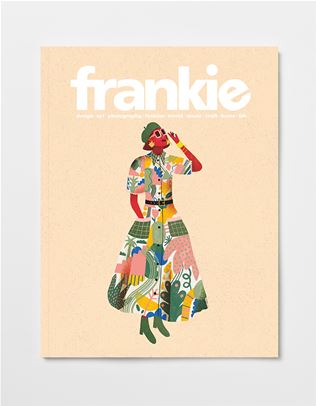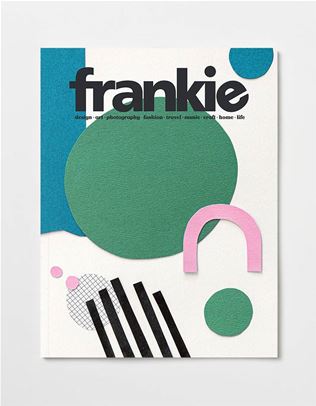a mechanic’s tips for buying your first car
No idea what to look for let alone ask about? This one's for you.
Buying a first car can be tricky. You’ve probably got old relatives and people who own wrench sets giving you all sorts of advice on what to look for. In your head, you’re picturing a cute, mechanically perfect car that aligns with your personality, but in reality, it’s a sketchy second-hand market out there, and first car buyers can easily end up stranded on the highway, fluids leaking everywhere, desperately Googling ‘what is a gasket?’ To help you avoid this horrible fate, we sat down with friendly mechanics Jillian and Genevieve Edwards from the super rad women-led mechanic business Braeside Automotive.
Don’t trust a roadworthy
All states have their own vehicle ‘roadworthiness’ requirements. This means secondhand cars must be sold with a ‘roadworthy certificate’, which is a piece of paper saying (basically) that your car has an engine and four wheels. That’s about it. “Just be aware that a roadworthy doesn’t mean that the car will last longer than a month,” Jillian says. “It doesn’t tell you what condition the engine’s in, or what the transmission’s like, or whether the car is safe to drive.” A roadworthy essentially means that your car meets the bare minimum definition of a car. So yeah, take them with a grain of salt.
Get proper financing
Let’s face it, a lot of first car buyers are going to have to apply for a car loan. Cars are very handy things, but they’re famously un-cheap. Make sure you use a comparison website to shop around and get the best deal, and don’t be tempted to spend too much (you can get pre-approval for a loan to make sure you don't get carried away). Jillian reckons $5,000 is a good ballpark figure for your first set of secondhand wheels. Any more than that, and you’re probably overinvesting. “A lot of my friends take out huge loans for their first car, and I’m like, ‘Honey, you’re just going to ding it!’” says Genevieve. “You want something nice and easy to take care of. No-one actually needs a V8 Commodore.”
Inspect with someone you trust
Genevieve says the best thing first car buyers can do is inspect the car with someone who knows what they’re doing. And not just your mate who loves Top Gear. This decreases the chance of dealers ripping you off, and increases the chance of spotting a lemon. “You have to take someone who knows what to look for,” she says. “For example, everyone pops the hood, but if the engine is too clean—like spotless—that’s usually a red flag. It means they’re trying to hide whatever’s leaking.” In other words, make friends with a mechanic.
Take it for a test drive
Obviously you’re going to take your shiny new wheels for a test drive, but even here, you need to know what to look for. “A car will always tell you before it’s going to implode,” says Jillian. “You’re looking for things like shaky pedals or steering wheels. That means the car needs new pads or rotors. Rattly engines, especially in Toyotas, that means there’s no oil in there.” Genevieve also has a good tip for checking wheel alignment: “Get on the freeway, get up to 100, and then take your hands off the wheel*. The car should pretty much hold straight. If it flings left, you’re out of alignment.”
*You know, safely.
Watch out for stains
We’re not talking about Maccas milkshake stains on the driver’s seat here. You need to roll underneath the car and check for fluid leaks. If there’s a spreading puddle of mysterious pink goo, that’s a bad sign. “Look for colours,” Jillian says. “Coolant always stains, so watch for any pink, green or blue marks. That means there’s a full-on issue. Check the oil and transmission fluid, too.” If possible, Genevieve says it’s always best to bring the car to a licensed mechanic for a ‘pre-purchase check’. Most dealers will let you do this, and it should only cost around $130 bucks. “We can give you an idea of how much the car will cost you,” she says, “not just up-front, but for the next few years.”
Stick to reliable brands
We know it’s tempting to swan around in a secondhand Mercedes, but there’s a reason only rich old people have European cars. They’re crazy expensive to maintain. “Yeah, stay away from European brands,” Jillian says. “People love Volkswagen Golfs, for example, but those cars have two little oxygen sensors that break all the time. They’re about as long as my finger, and they cost $1200 each.” Jillian and Genevieve recommend un-sexy, reliable brands like Toyota, Mazda or Ford. “Subarus are good, as long as you get them serviced,” Jillian says. “Or go with something simple, like a Mazda 3.”
Jillian and Genevieve Edwards run Braeside Automotive in south-east Melbourne.
This article was produced in partnership with Savvy.




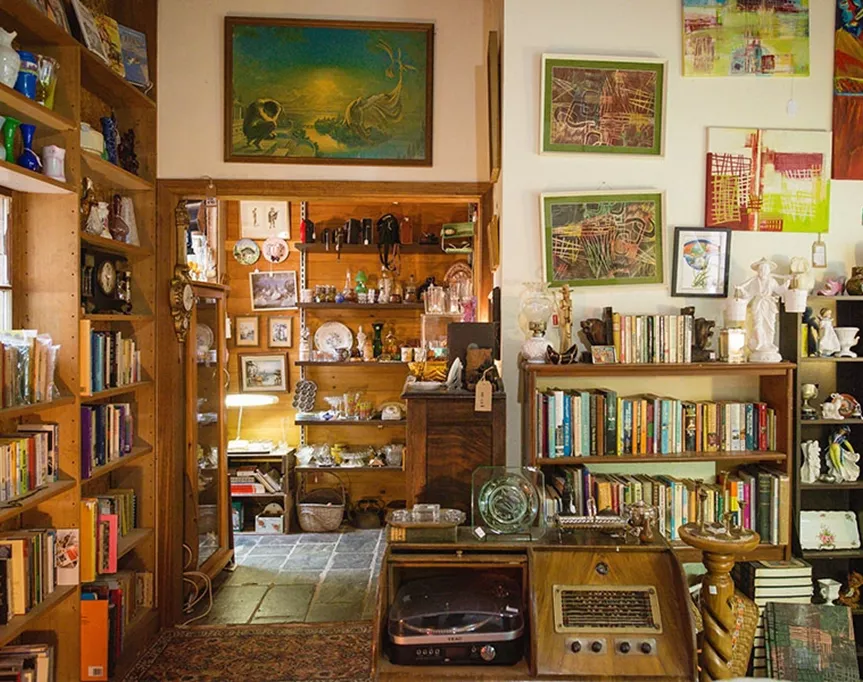





.jpg&q=80&w=316&c=1&s=1)











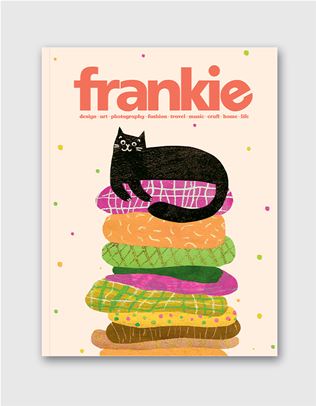
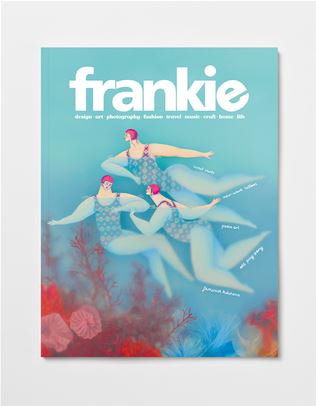


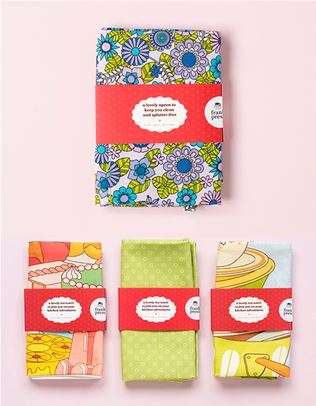

.jpg&q=80&w=316&c=1&s=1)





